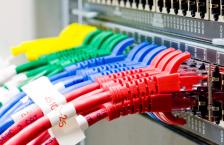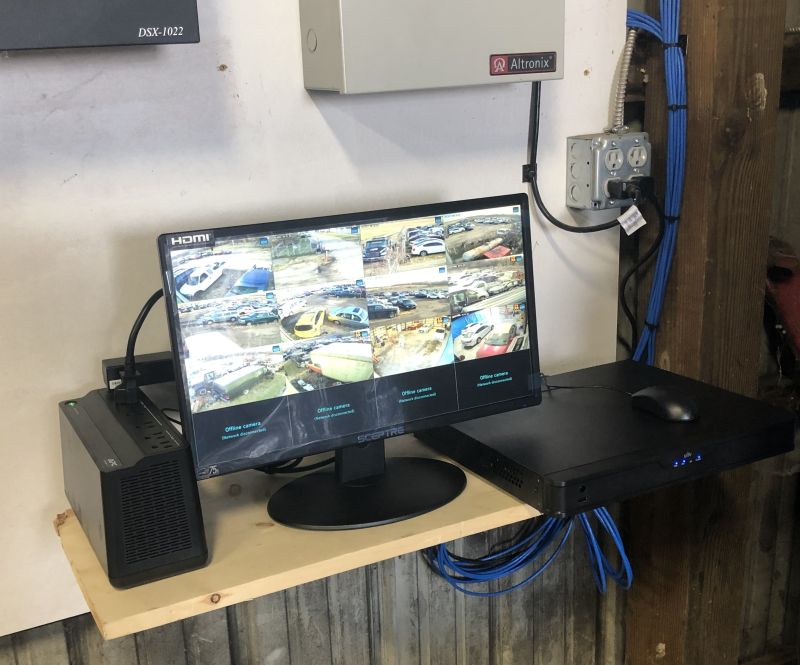In the ever-evolving landscape of network technology, the presence of a second Ethernet port on your device is not just a redundant feature—it’s a gateway to enhanced connectivity and performance. As we delve into the myriad of uses for this often-overlooked asset, we’ll uncover how it can significantly boost your network efficiency and provide reliable solutions for both personal and professional environments.
Option 1: Amplifying Your Network Speed
Network congestion can be a bottleneck for productivity. Utilizing a second Ethernet port allows for load balancing, where traffic is distributed across two connections, effectively doubling the available bandwidth. This setup is particularly beneficial for bandwidth-intensive tasks, ensuring a smoother and faster network experience.
Option 2: Diversifying Network Connections
Security and convenience can go hand-in-hand with a second Ethernet port. By dedicating one port to a guest network, you maintain the integrity of your primary network while offering isolated access to visitors. This separation safeguards your main network against potential security breaches.
Option 3: Direct Device Connectivity
Certain devices, like network printers or storage servers, benefit from a stable, direct connection. A second Ethernet port can serve this purpose, eliminating the need for complex network configurations and ensuring that these devices have a dedicated pipeline for uninterrupted service.
Option 4: Bridging Networks
Creating a network bridge is a strategic move to facilitate communication between two distinct networks. This approach is ideal for scenarios where devices on separate networks need to interact seamlessly, such as in a mixed-use office space or a home with smart appliances on a separate IoT network.
Option 5: Ensuring Redundancy
For businesses, network reliability is non-negotiable. Employing a second Ethernet port for redundancy ensures that there’s a fallback option in the event of a network failure, minimizing downtime and maintaining continuous operations.
Frequently Asked Questions
Q: What are the practical uses of a second Ethernet port? A: A second Ethernet port can be utilized for enhanced network speeds, connecting to multiple networks, direct device connections, network bridging, and ensuring network redundancy.
Q: Can a second Ethernet port directly increase internet speed? A: While it can improve network performance within your local network, internet speed is primarily determined by your service provider and the capabilities of your modem/router.
Q: How can I effectively use a second Ethernet port on my computer or laptop? A: You can use it for backup or redundancy, dedicated access to network devices, or to increase bandwidth and performance through network bridging or teaming.






0